Esfahan
“Esfahan is half the world” – Persian poetry
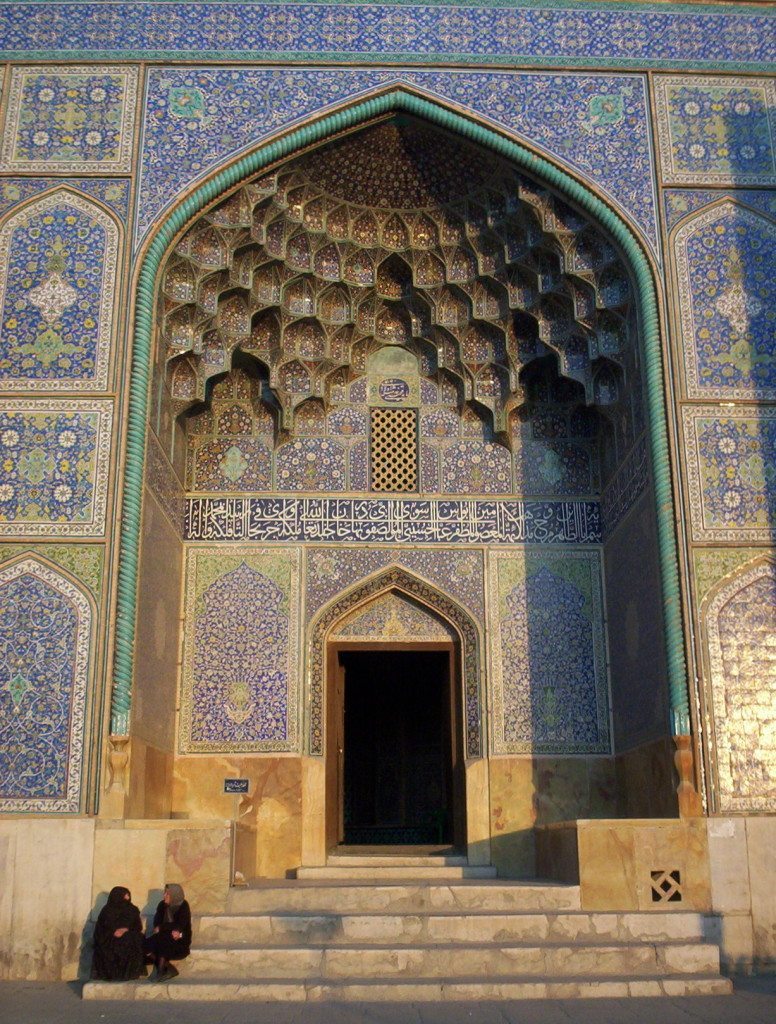
Sheikh Lotfollah Mosque, Esfahan
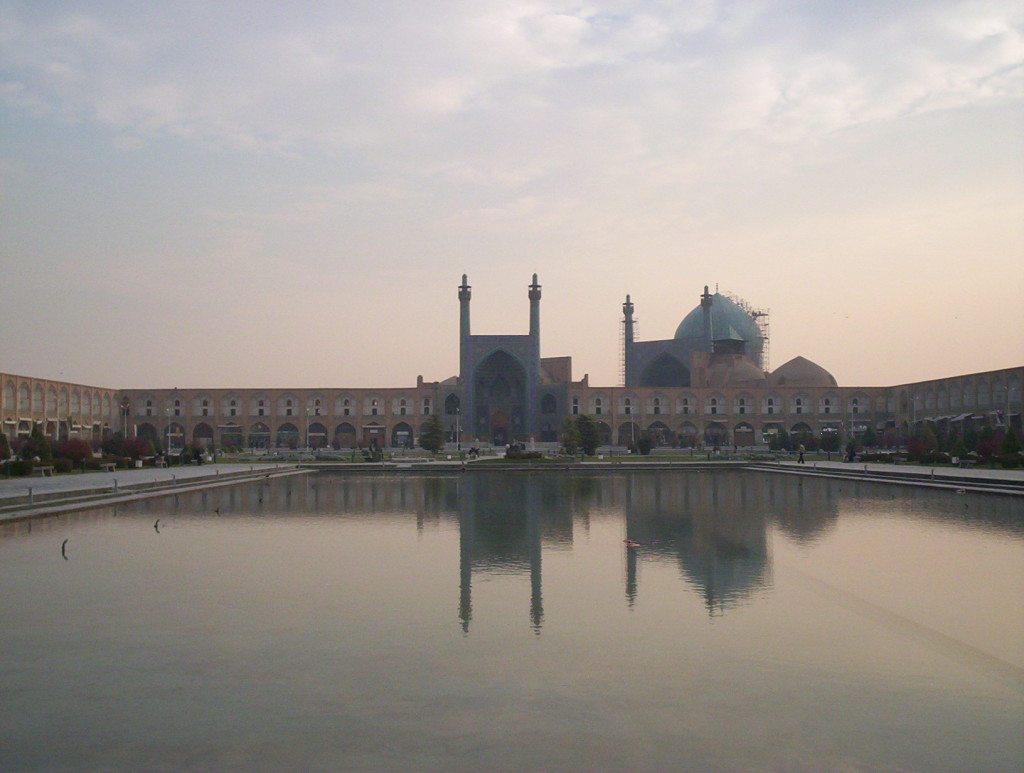
Imam Square, Esfahan
In central Esfahan is Imam Square, the world’s second largest public square after Tiananmen Square in Beijing. It is home to at least 5 mosques (there might be smaller ones hidden), a bazaar, fountains and countless tea-shops. All of these are intricately tiled with blue mosaic and some truly breathtaking designs. These buildings are regarded by historians as being among the world’s most glorious Islamic architecture. Imam Square is also where most of Esfahan’s touts hang out, although they are soft-core compared with in other Middle Eastern cities. If you say that you don’t want to buy a carpet, they say “No? Ok… well you’re always welcome to drop by for tea if you like!” Very civilised indeed! However it was a different story when I was approached by a (very friendly) carpet seller who I remembered from last year. He tapped me on the shoulder, and I spun around and said “Mohammed! How are you?” He nearly dropped out of his skin! Whilst in Esfahan I stayed at the ever reliable Amir Kabir Hostel. The Amir Kabir has a courtyard, breakfast, internet access, laundry service, barber, tour guide and a taxi/bus/train/flight booking service; all of which makes up for the rooms which are spotless but only slightly bigger than a shoebox.
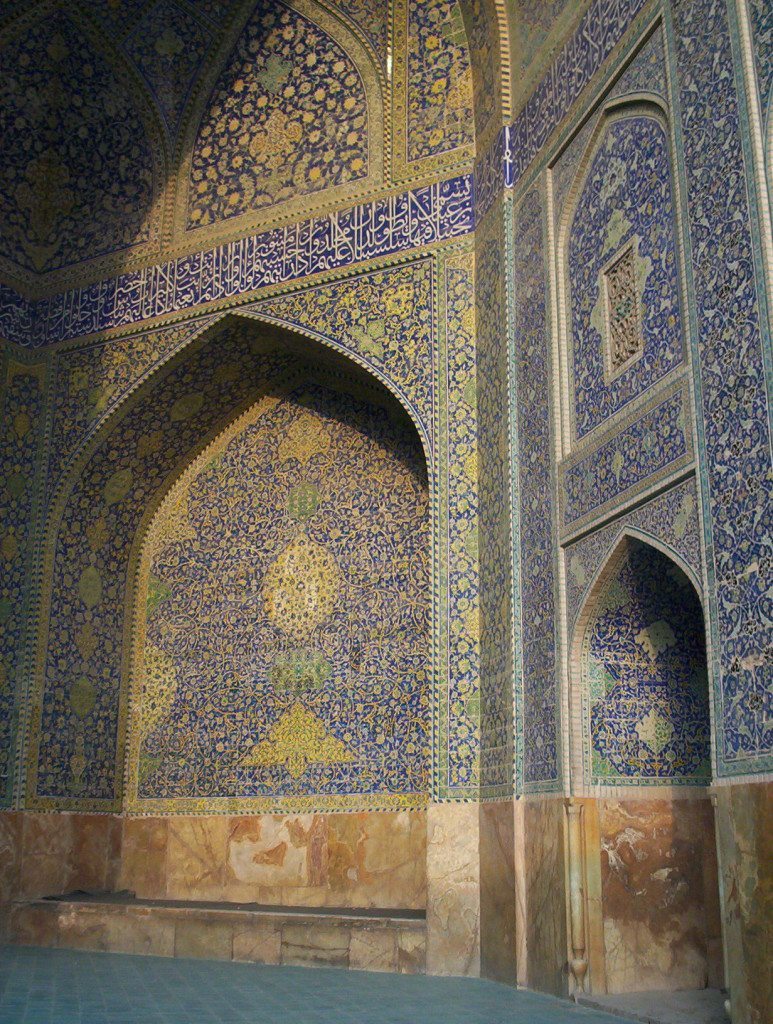
Imam Mosque, Esfahan
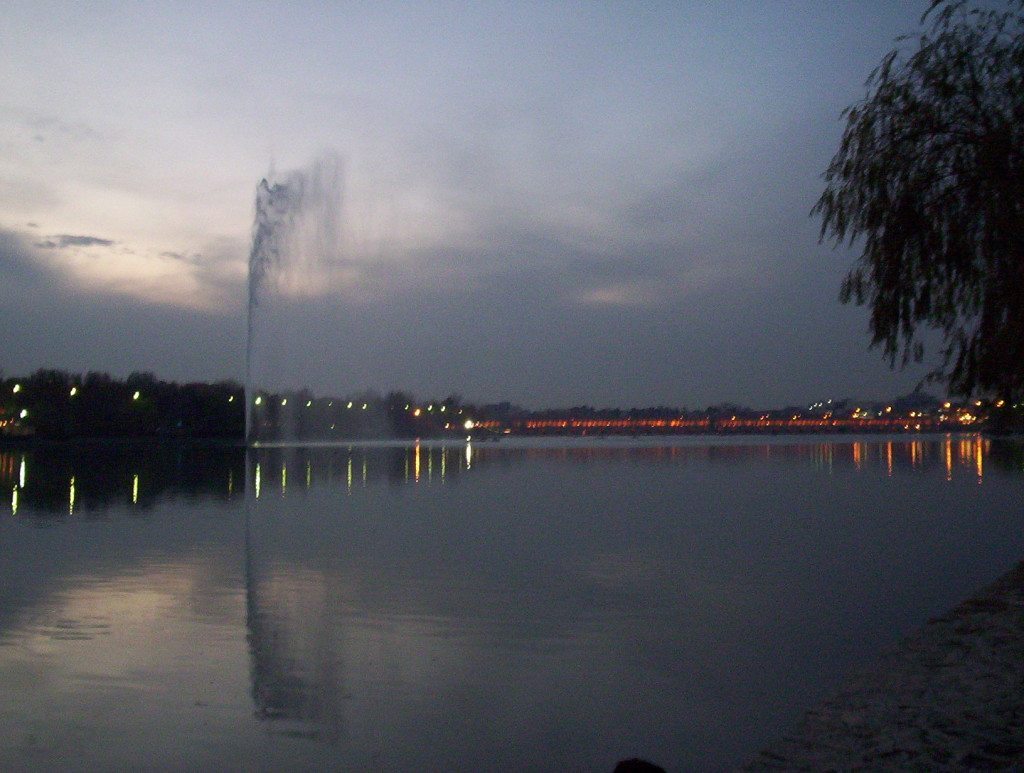
Zayandeh River, Esfahan
Esfahan is also home to the most beautiful city centre anywhere in the Middle East. The city is built around the Zayandeh River. This flows down from the Zagros Mountains which surround Esfahan. At the heart of the city are several bridges crossing the Zayandeh, the most picturesque being Si-o-Se Bridge and Khaju Bridge. They are both made of several connecting stone arches. Under each end of the bridges, under the arches are traditional tea shops.
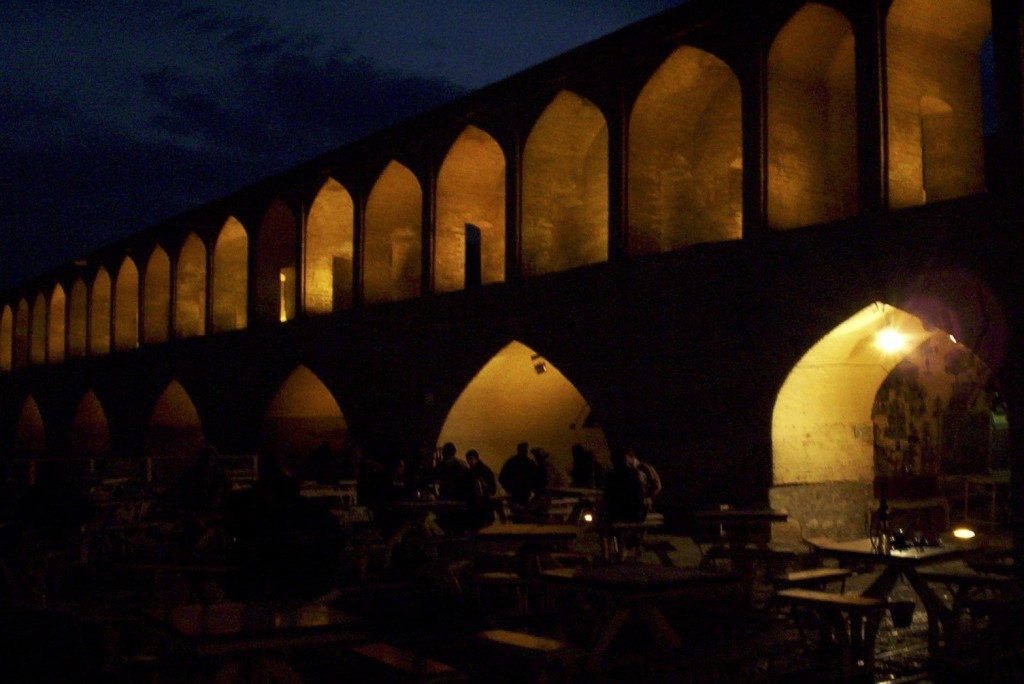
Si-o-Se Bridge’s teahouses by night, Esfahan
While Esfahan is a beautiful city, it is also a city for living. There are few things more pleasurable than sitting at one of these tea houses, sipping chai as the sun sets over the mountains. A water jet in the centre of the river is lit at night, as is the bridge. You can easily while away the hours people-watching, sipping tea with the backdrop of the river just a few metres below. Esfahan is ‘soul-food’.
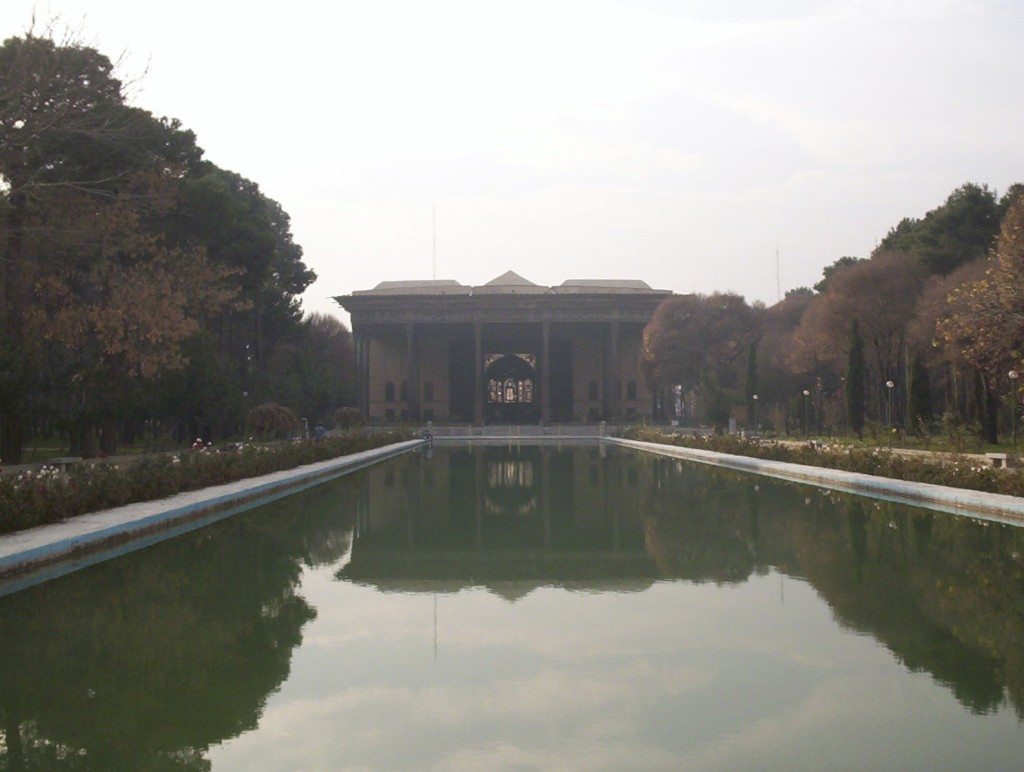
Chehel Sotoun; the “Palace of Forty Pillars” in Esfahan
Perhaps my most peculiar discovery while wandering the backstreets was Esfahan’s Bird Market. You walk down an alley just off a main square in the city and turn a corner to be confronted by hundreds of cages, towering metres above you and stacked 5 deep, each one home to 4 potential pets. No prizes for guessing where Iran’s first case of Bird Flu will be contracted. In the evening I walked through Jolfa, a mostly Armenian suburb in the south of Esfahan to take a look at how the ‘other’ Iran lives. The local department stores, run by Armenians (Christians) had Christmas decorations up. All of the churches in the area are clad in fairy-lights. Away from the monuments and mosques, this was truly off-beat Iran. Contrary to popular belief, the government is actually quite happy for Christians to celebrate Christmas.
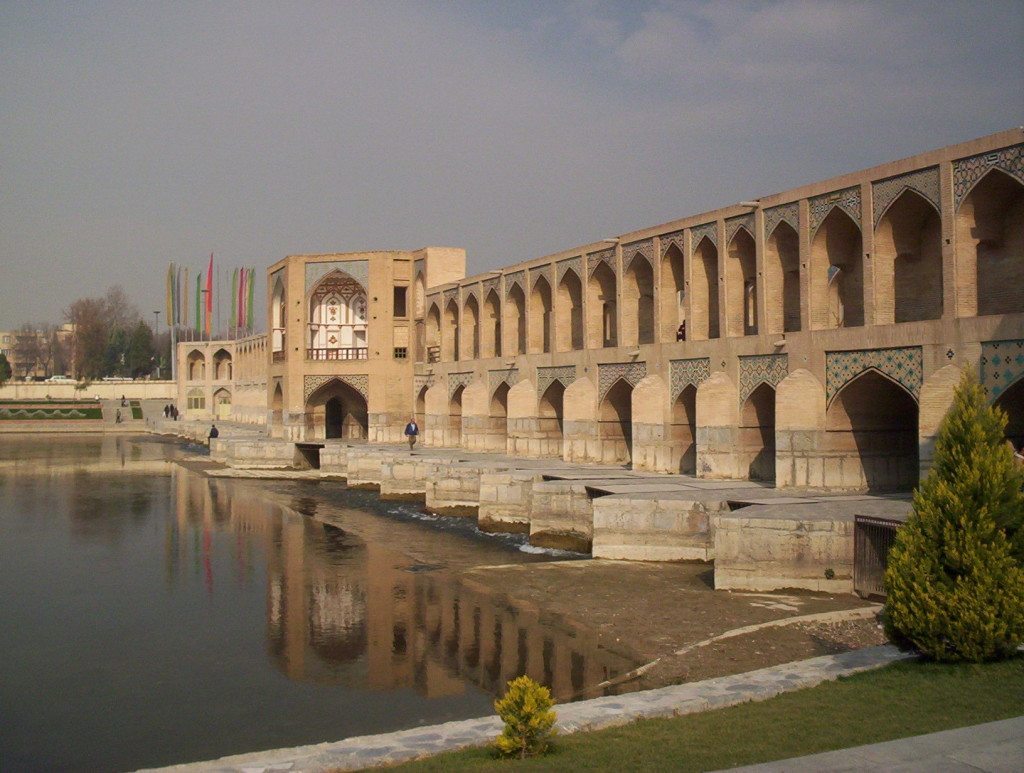
Khaju Bridge, Esfahan. The lower plinths were designed to be utilised by locals reciting poetry.
A lazy Sunday morning was spent with a couple of other travellers, including a typically Australian backpacker who proudly informed me that he had not showered in two days. Later that night I met up with an old friend and had tea at Si-o-Se Bridge. We were approached by a man carrying a parrot in a cage; he took the bird out, put it on the edge of a basket he was carrying and waited until it plucked out one of several pieces of folded paper. My friend took the paper from the parrot’s beak and on it was written a passage from Hafez. (Hafez was a visionary Iranian poet; the passage is a kind of ‘fortune telling’). Apparently I was going to meet a beautiful girl in the next month. Or so said Hafez. We also paid 1000 Rials for the privilege. Yes – it was a bit of a trick, but it’s also part of the magic of travelling in this part of the world. Having your fortune told by a trained parrot, while sipping tea at sunset? You don’t get that every day.
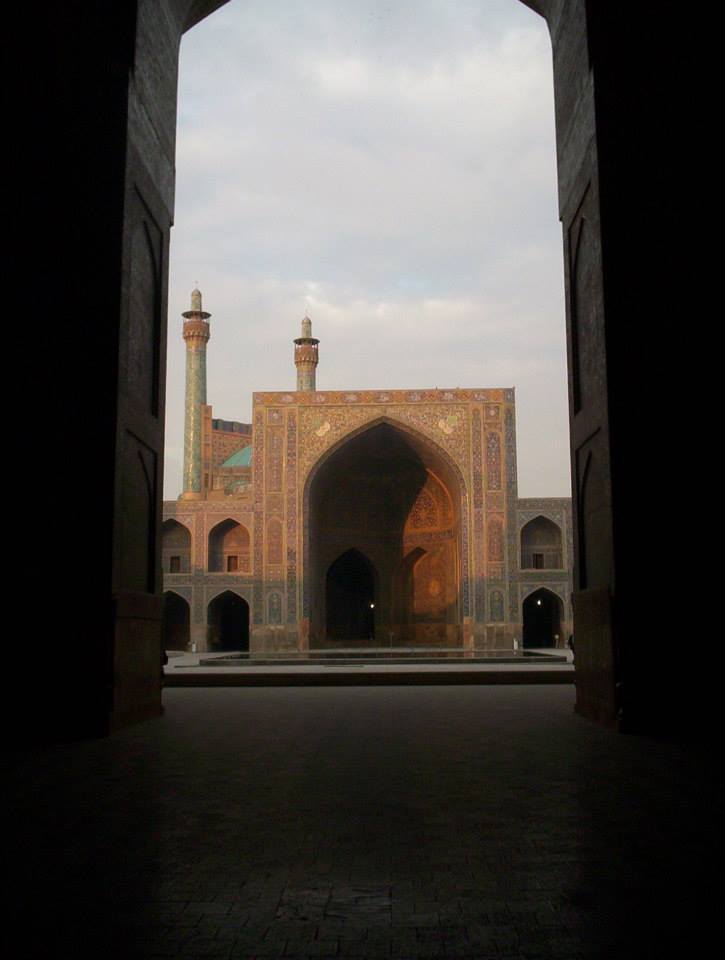
Imam Mosque, Esfahan
When to go
September, October and November – the autumn here is lovely. Summer could be too hot for some, winter can be rainy and miserable (although not always). Spring is also a great time to travel, but be aware that the whole country practically shuts down for a week in March for Iranian New Year.
Essential Stats
Culture shock: 7/10
Language difficulty: 7/10
Quality of food: 7/10
Cost: 2/10
Physical demand: 3/10
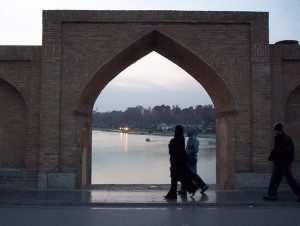
Si-o-Se Bridge, Esfahan
Advice and warnings
Despite Iran’s reputation as a hotspot for danger, it’s actually remarkably safe for travellers. The usual precautions apply – no walking alone at night if you can help it, keep a close eye on your valuables, etc. Be aware of pickpockets, especially in crowded places. Stay tuned to political developments, just in case, but in reality, the chances of being caught up in something while in Iran are quite remote.
Check Smart Traveller or the British Foreign Office for more comprehensive warnings.
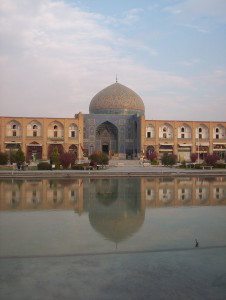
Sheikh Lotfollah Mosque, Esfahan
Visas
Nearly everyone needs a visa to go to Iran – including Australians, Pakistanis and Indians. To qualify for the visa, you need to be sponsored by someone in Iran. Several websites offer this service, including IranianVisa.com.
Australian passport holders should apply to the Iranian Embassy in Canberra. Visa processing costs $112, takes about a month, and requires various documents; see the embassy’s website for details. Pakistanis pay PKR 3125, takes at least four days, and requires lots of documentation; see the Iranian Embassy Islamabad’s website for details. Indians must apply through the Iranian Embassy in New Delhi; applications cost INR 2640, take at least eight business days, and require additional documents. Go to the website of the Iranian Embassy in New Delhi for details.
Getting there and around
Despite being a tourist drawcard, there are still only limited international flights to and from Esfahan. The best option is to fly to Tehran, then catch an Iran Air domestic flight for the one-hour hop to Esfahan, about US$94 return.
To get to Tehran, Emirates offers the best connections;
Melbourne (from $1851 return)
Lahore (from PKR 75,806 return)
Sydney (from $1868 return)
Chennai (from INR 50,587 return)
Remember that Emirates and Iran Air do not have interline agreements, so at Tehran Airport you will need to clear passport control, collect your luggage, pass customs and check-in again for the flight to Esfahan. Be sure to leave enough time between flights – a day or two is ideal, just in case.
Esfahan is great for walking, but if you want to take a taxi, negotiate the fare before taking a seat. Your hotel should be able to advise what a realistic price for your journey is.
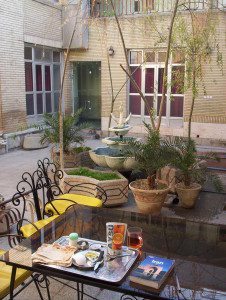
Breakfast at the courtyard of the Amir Kabir Hotel, Esfahan
Accommodation
I stayed at the very basic Amir Kabir Hotel. If you’re looking for something more upmarket, try the Hasht Behesht Apartment Hotel or the Abbasi Hotel.

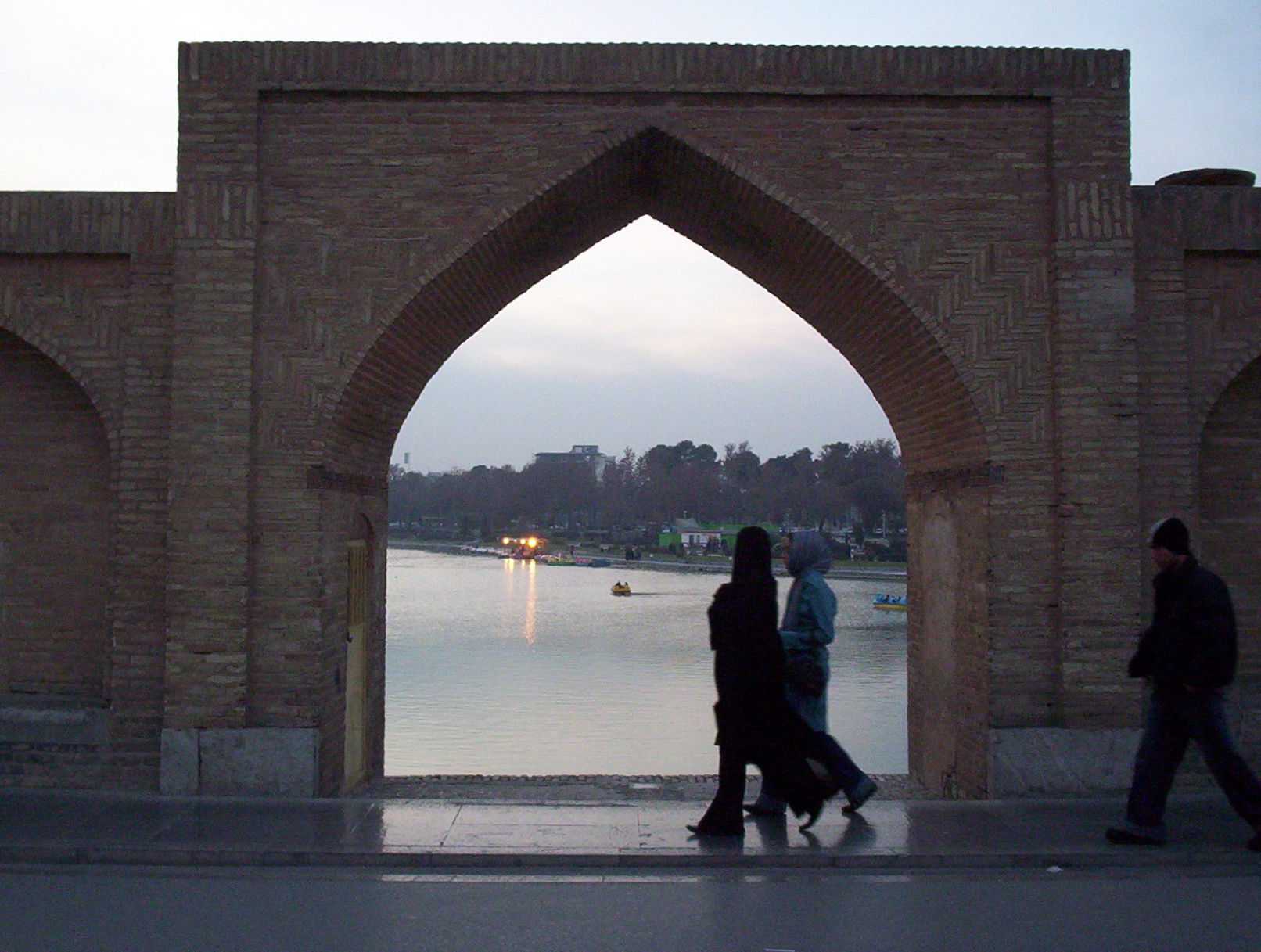



0 Comments